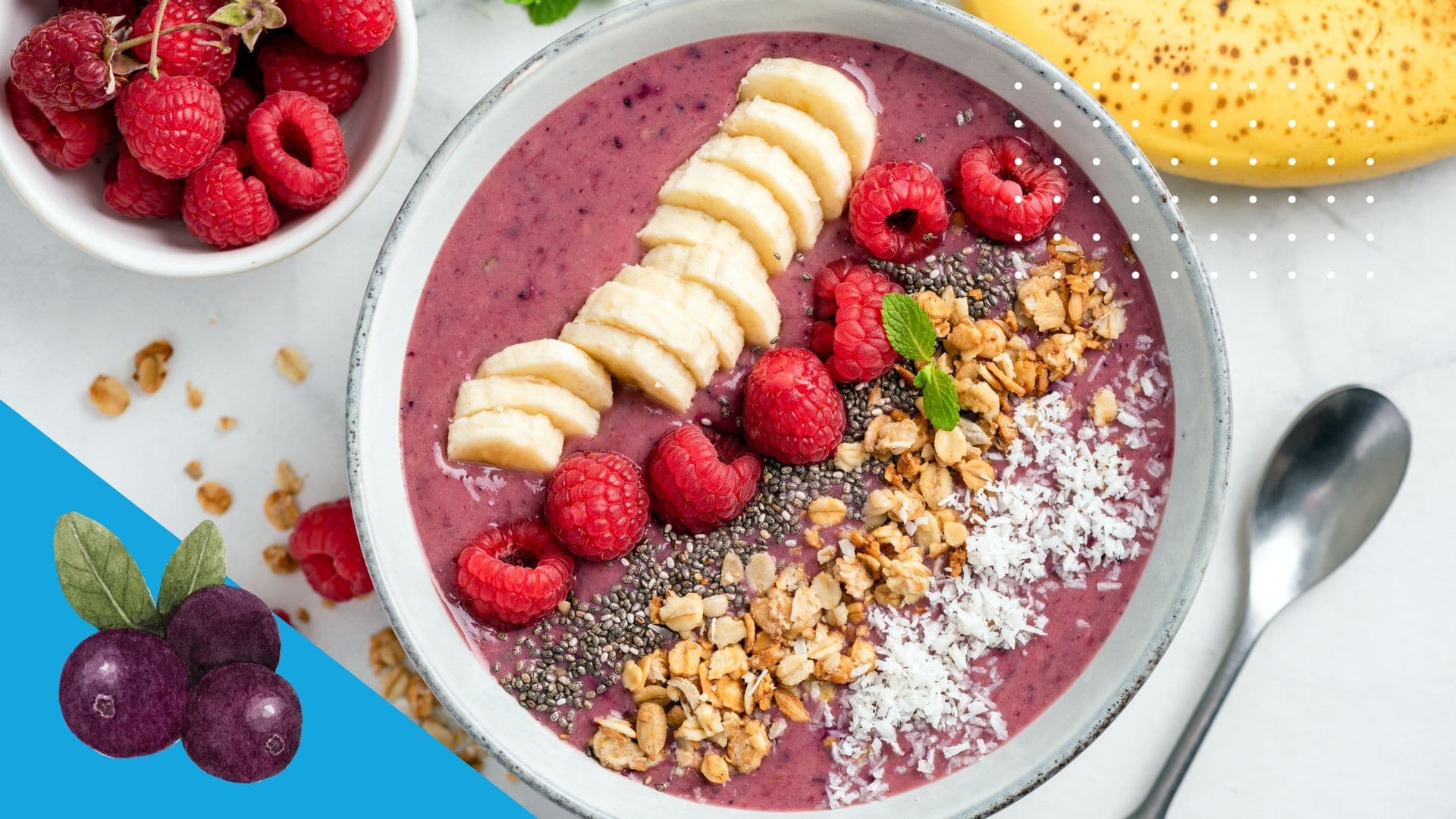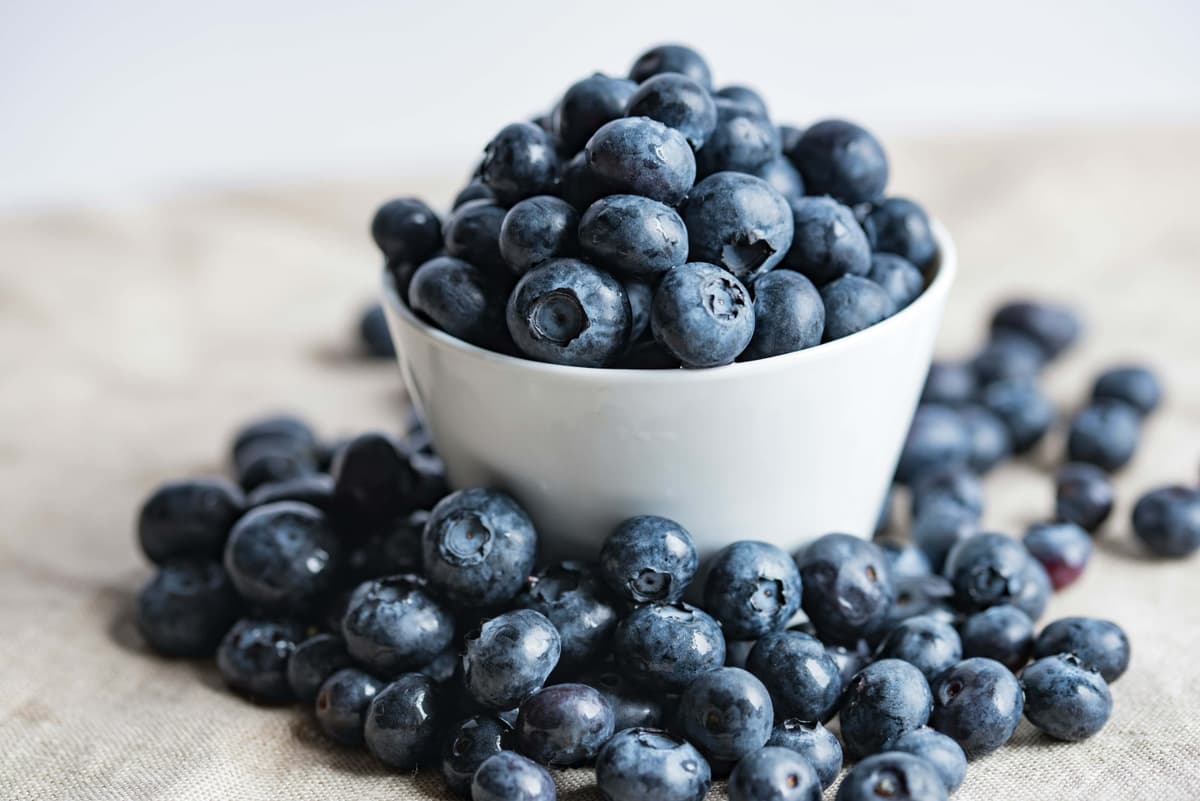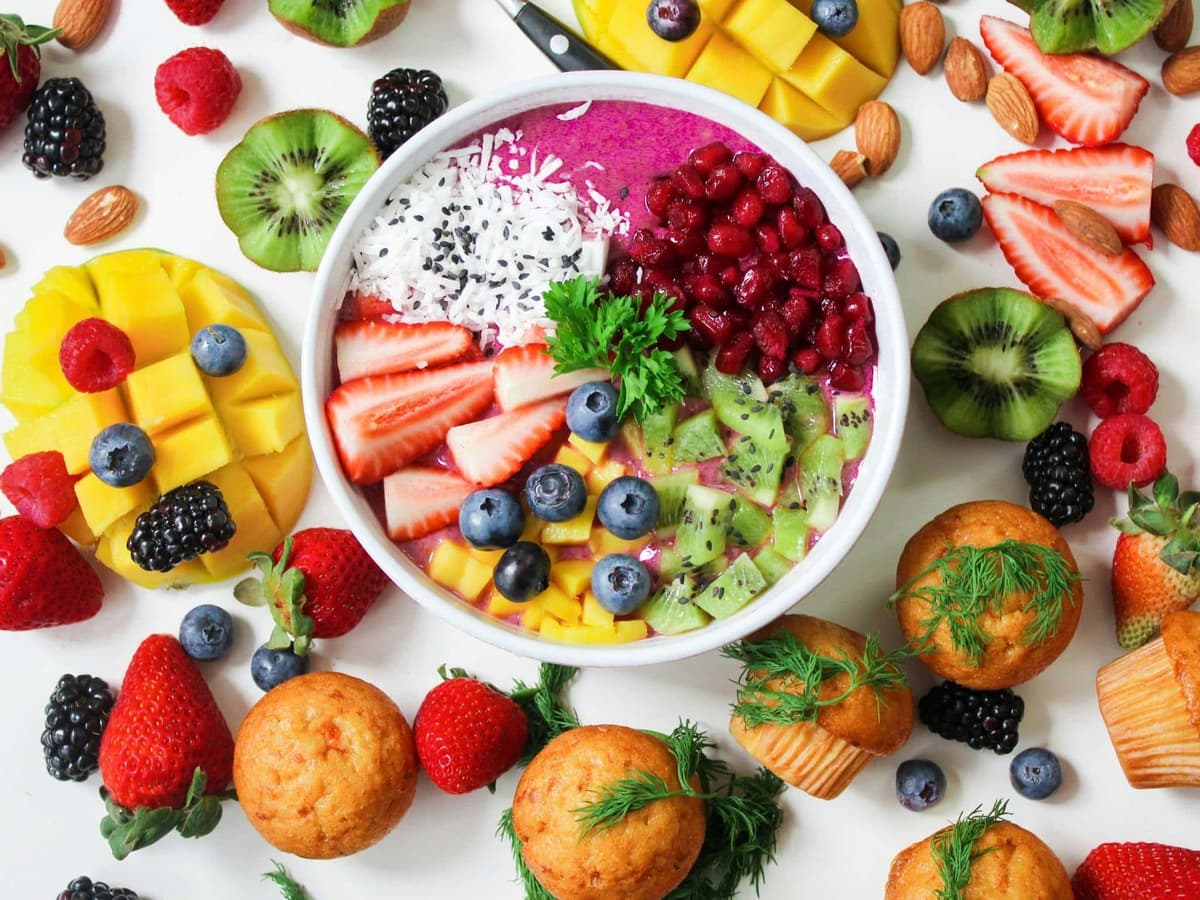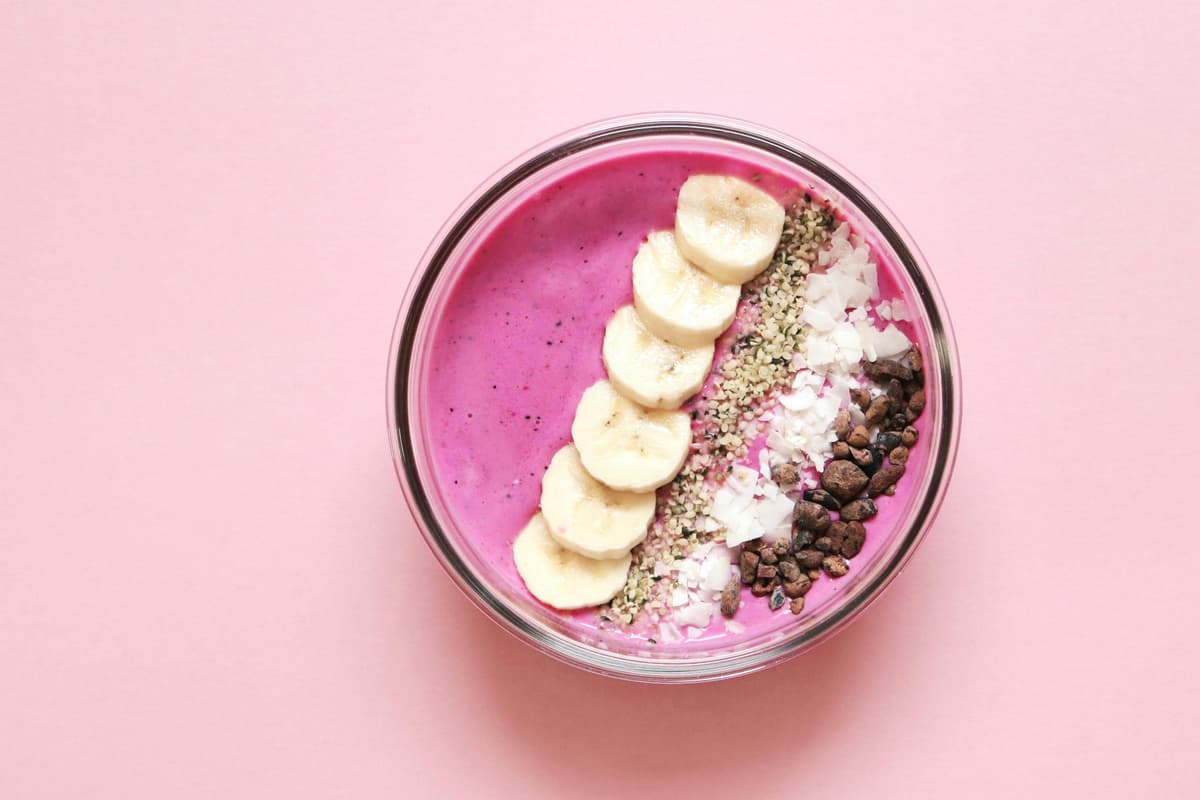
Ready to try a nutritious and delicious new fruit? Then look no further than acai berries! In this post, we give you a complete overview of this trendy new superfood, including what they are, acai berry nutritional properties, how they’re harvested, and how to eat them. Read on for more deliciousness!

Acai berries, pronounced ah-sigh-EE, are small, dark purple fruits harvested from the acai palm tree. acai berries are known for their rich antioxidant content, particularly anthocyanins and flavonoids, which are believed to help combat oxidative stress and inflammation in the body. Additionally, they contain essential nutrients such as vitamins A, C, and E, as well as minerals like calcium, potassium, and magnesium. acai berries have a unique, slightly tart flavor profile, often described as a combination of berries with hints of chocolate. It is said that, a one-cup serving of frozen acai chunks provides around 99 calories, 7 grams of fat, 7 grams of carbohydrates, and 7 grams of fiber, along with 2 grams of protein, 0.994 milligrams of iron, and 147 milligrams of potassium.
Acai berries are higher in fat than most fruits, but the majority of this fat consists of beneficial unsaturated fats, with small amounts of saturated fats. While comprehensive studies on the exact nutritional composition of whole acai berries are limited, existing research suggests they are a valuable dietary source of fiber, as well as vitamins and minerals such as B6, calcium, potassium, magnesium, and manganese. It’s important to note that the nutritional and phytochemical composition of acai berries can vary depending on factors like growing conditions and processing.

If you’re on the hunt for a delightful addition to your morning routine or a refreshing pick-me-up on a hot afternoon, look no further than the vibrant and nutritious acai berry. One of the most popular ways to enjoy acai berries are through acai bowls. These bowls start with a thick, smoothie-like base made from blended acai berries and are then topped with an array of goodies like granola, fresh fruit, coconut flakes, and honey. But bowls aren’t the only way to indulge in the goodness of acai berries. You can also blend them into smoothies for a refreshing and nutrient-packed beverage. Simply toss some frozen acai berries into your blender along with your favorite fruits, veggies, yogurt, or milk, and you’ve got yourself a delicious and satisfying treat that’s perfect for any time of day.
For those who are always on the go or simply prefer a more convenient option, acai supplements are also available. These come in various forms such as capsules, powders, or extracts, making it easy to incorporate acai berries into your daily routine no matter where you are. Whether you’re looking to boost your antioxidant intake, support your overall health and well-being, or simply satisfy your taste buds, there’s no denying the versatility and deliciousness of acai berries.
Acai berries have gained popularity as a potential superfood due to their nutritional content. Rich in antioxidants and fiber, acai berries have been associated with several health benefits. Although scientific evidence supporting these claims is limited, there is research that suggests consuming acai products could help improve the body’s antioxidant defenses, support heart health, and may benefit those with certain cancers. Acai berries are also a good source of unsaturated fat and fiber. Proponents of acai berries suggest they may be helpful for various health concerns, including arthritis, weight loss, skin appearance, detoxification, and general health. However, it’s important to note that scientific research on acai berries is still in its early stages, and many of these purported benefits have not been conclusively proven.
Acai berries have gained global popularity for their potential health benefits and are now cultivated in various regions beyond their native habitat, including other parts of South America, Central America, and even some areas of the United States. However, the highest quality and most authentic acai berries are still primarily sourced from the Amazon rainforests, where the unique growing conditions contribute to their rich flavor and nutrient profile. Sustainable harvesting practices are increasingly emphasized to protect the delicate ecosystems of the rainforest and ensure the continued availability of this prized superfood for future generations.
Acai berries can be consumed in various forms, including raw, as tablets, in beverages such as juice or smoothies, and in food products like jelly or ice cream. If considering supplementation with acai berry products, it’s advisable to consult with a healthcare provider, especially if consuming larger amounts than typically found in food. Acai berries are generally safe to consume as part of a balanced diet. However, caution is advised for pregnant or breastfeeding women due to insufficient information on its safety for these populations. While acai berries offer potential nutritional benefits due to their antioxidant and fiber content, more research is needed to fully understand their effects on human health and to validate the extensive claims made about their benefits. As with any dietary supplement or superfood, moderation and informed decision-making are key.
Acai berries are harvested from the acai palm trees native to the Amazon rainforests of South America, particularly Brazil. These palm trees thrive in the dense, humid environments of the rainforest, where they can reach heights of up to 80 feet. Harvesting acai berries typically involves skilled laborers climbing the tall palm trees to reach the clusters of berries growing near the crown. Traditionally, these workers use long poles or climb barefoot with ropes tied around their ankles for support, showcasing a centuries-old harvesting method passed down through generations.
Once the acai berries are ripe, they are carefully plucked from the trees and gathered into baskets or containers. The harvesting process requires precision and patience to avoid damaging the delicate berries. After collection, the berries undergo immediate processing to preserve their freshness and nutritional content. In some regions, particularly in the Brazilian Amazon, acai berries hold cultural significance and are celebrated in festivals and rituals, reflecting their importance in the local economy and diet.

When selecting high-quality acai products, such as fresh berries, frozen puree, juice, supplements, or skincare items, consider key factors to ensure optimal quality and benefits. Start by checking the source, opting for suppliers known for sustainable harvesting practices and reputable sourcing regions like the Brazilian Amazon. Read labels carefully to ensure products contain 100% pure acai with no added sugars or artificial additives, preferably with organic certifications for purity assurance. Prioritize minimally processed options, such as cold-pressed or freeze-dried puree and supplements with standardized acai berry extract. Assess the freshness of fresh or frozen berries by looking for vibrant color and aroma. For skincare products, research brands and ingredients, selecting those with acai oil or extract and avoiding added fragrances or harsh chemicals. By considering these factors, you can confidently choose high-quality acai products that align with your health and environmental values.